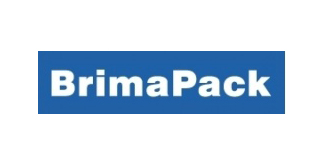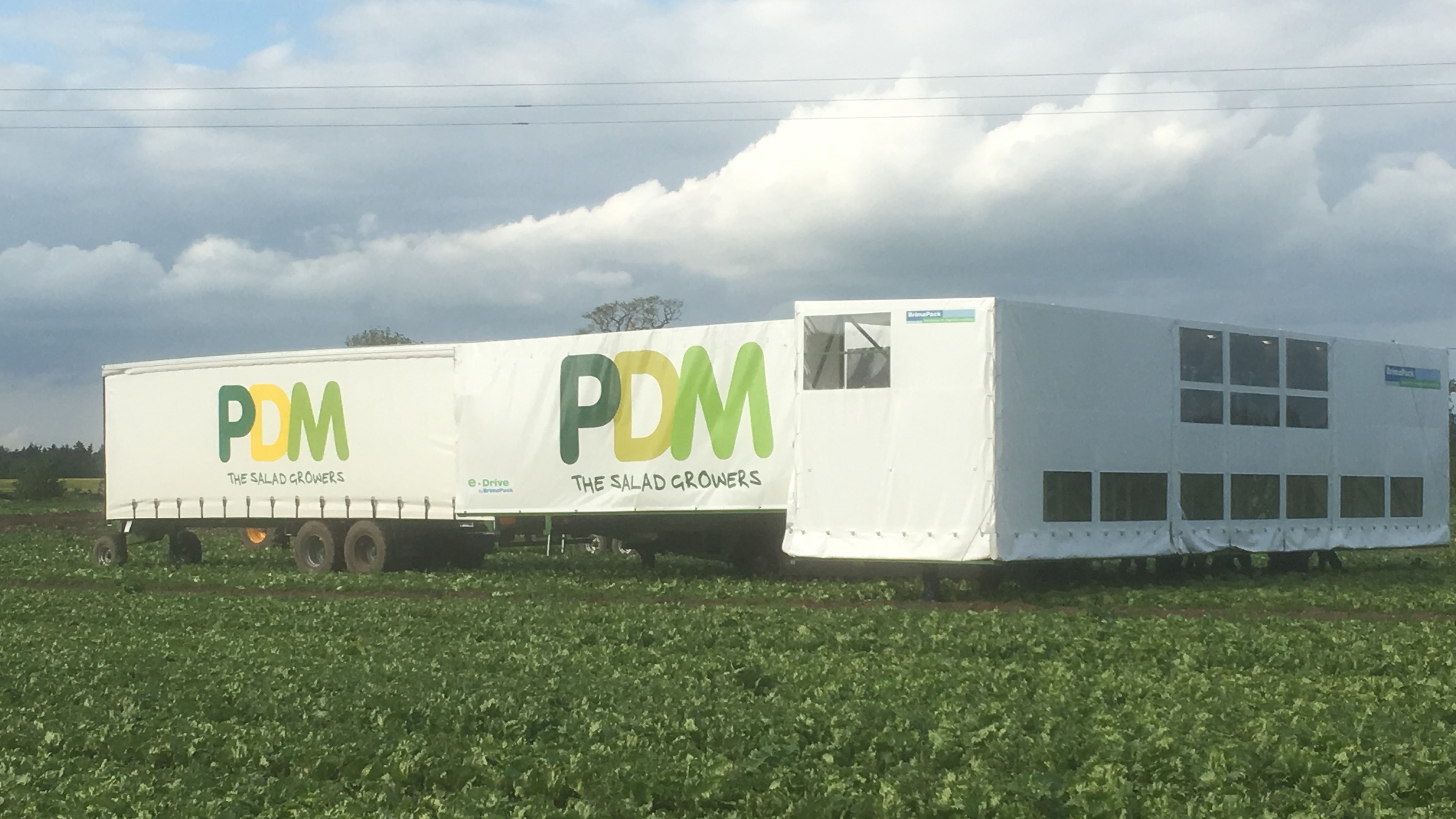

Brimapack
Packaging
How does BrimaPack contribute to the environmentally friendly packaging of vegetables?
.jpg)
The use of plastic packaging material is receiving increasing attention in the public debate. Images of oceans full of trash are imprinted in our minds. The packaging industry therefore actively supports the fight against pollution and the intentional dumping of waste into the sea. But attention is also focused on the fact that correct packaging can actually reduce the impact on the environment:
It seems absurd, such a hermetically packed cucumber. And once you want to eat it, it is difficult to unpack. Why are peppers, carrots and other vegetables often wrapped in plastic? Packaging may seem unnecessary at first sight, but it does have a function. It ensures that your vegetables stay fresh and delicious for a longer period.
Keep fresh and protect
Vegetables do not jump from the field directly on your plate unless you have your own vegetable garden or purchase from the grower just around the corner. After harvesting, it takes a while for the vegetables to be in the store and from there into the shopping cart and finally on your plate.
The vegetables have to be packed during transport. In this way they are protected and stay fresh. By packing, the oxygen level is regulated and dehydration of the vegetables is reduced. In this way spoiling is prevented. Packaged vegetables can last up to three times longer than unpacked products.
On balance, less environmental impact
A package produces waste and during production energy is consumed. All in all, however, it is more environmentally friendly when food is packaged. Researchers at the University of Wageningen have investigated this: By packaging, a lot less vegetables are lost. Less with the farmer, in the store and also at your home.
Less spoiled vegetables mean that less is thrown away and smaller quantities of new vegetables have to be produced. There are fewer truck transports between the producers and the shops; all together, this saves a considerable amount of energy and raw materials." [1]
Recycling
Plastic packaging only becomes a problem if it is released into the environment. The chances of this happening with the straws from fast food chains and with PET bottles without depot are considerable. In the case of fruit and vegetable packaging however, this is usually not the case. These packaging is opened at the consumer's premises and immediately disposed of into the (plastic waste) garbage bin. The plastic waste can be recycled so that valuable raw materials are reused. This creates a lower carbon footprint.
After initial enthusiasm it appears that using biodegradable plastics for solving the waste problem has limitations as they are sometimes poorly recyclable and can still cause problems when left in the environment. The best solution is therefore the recycling of the waste. Here too, the University of Wageningen has done extensive research.
BrimaPack develops and produces packaging machines that help to reduce food waste and therefore the environmental impact of the food chain. BrimaPack’s packaging method directly contributes to reducing the amount of waste compared to alternative types of packaging.
Iceberg Lettuce
- The packaging of iceberg lettuce prevents dehydration and thus extends the shelf life.
- Conventional iceberg lettuce packaging is done by hand in sachets with a film thickness of 23 to 26 microns (see Figure 2). The packaging of BrimaPack (see Figure 3) is only 12 microns thick, saving about 31% of material. In addition this also reduces the secondary packaging material by 71% and the associated transport movements by a further 28%.
Broccoli
- The specially developed shelf life film ensures extended shelf life of broccoli over conventional packaging (see Figure 4). The product can be stored at 17 ° C for 5 to 8 days longer. This prevents premature disposal of food by both the supply chain and the consumer. The broccoli can be eaten much longer because the taste is preserved longer. Due to the increased shelf life, the residual waste in the retail sector is reduced to 50%.
- In recent years, BrimaPack has been able to reduce its film thickness from 17 microns to 15.25 microns. This reduction saves 10% material when using the film. This effect is enhanced by the reduction of secondary packaging material and transportation. BrimaPack is working to further reduce film thickness by 10% to 15% by optimizing machines and film, but without compromising the extended shelf life.
Biobased
Biobased raw materials are made from biological raw materials such as sugar or potato starch. The advantage of Biobased material is that the raw material is sustainable because no fossil resources are used. Biobased plastic has the same mechanical and chemical properties as the fossil variant and can therefore be recycled in the same way. Currently BrimaPack is developing a biobased film for vegetable packaging while preserving the current benefits of the extending shelf life. When using packaging film made of, for example, 50% biobased plastic, the final product is a CO2-neutral packaging.
Biodegradable film
The CPP material used by BrimaPack is fully recyclable. From an ecological point of view, recycling is by far the best contributor to the reduction of the environmental impact. Nevertheless, it may be desirable for customers to use biodegradable variants.
BrimaPack can deliver OXO degradable CPP films with the same mechanical properties and durability extensions as the current CPP film. Under the influence of oxygen, moisture and heat, this material decomposes so it will survive less long in the environment. This film can be recycled, but also be composted industrially. Depending on the market, it must be specified how the consumer must separate this material. This packaging is not suitable for home composting.
The use of (home) compostable films is also possible on BrimaPack machines. However, the benefits of recycling, limiting thickness, and extending shelf life are less effective. With this film, the composting can be done through the "green" garbage container. Therefore, it must be clearly stated on the foil that it is compostable and should not end up in recyclable plastic waste. A disadvantage of the compostable film is that it is about 2.5 times more expensive than that of conventional films.
References
[1]Source: https://www.voedingscentrum.nl/nl/thema-s/dewaarheidoptafel/groente-en-fruit/verpakking-vervuilend.aspx
[2]Source: Case study M&S UK
[3]Source: https://www.wur.nl/nl/download/Report-Biobased-Plastic-Facts.htm
[4]Source: http://www.rethinkplastics.nl/wp-content/uploads/2018/08/Materiaalverduurzamingsplan-Kunststof-verpakkingsindustrie_Engels_digitaal-V2.pdf

















